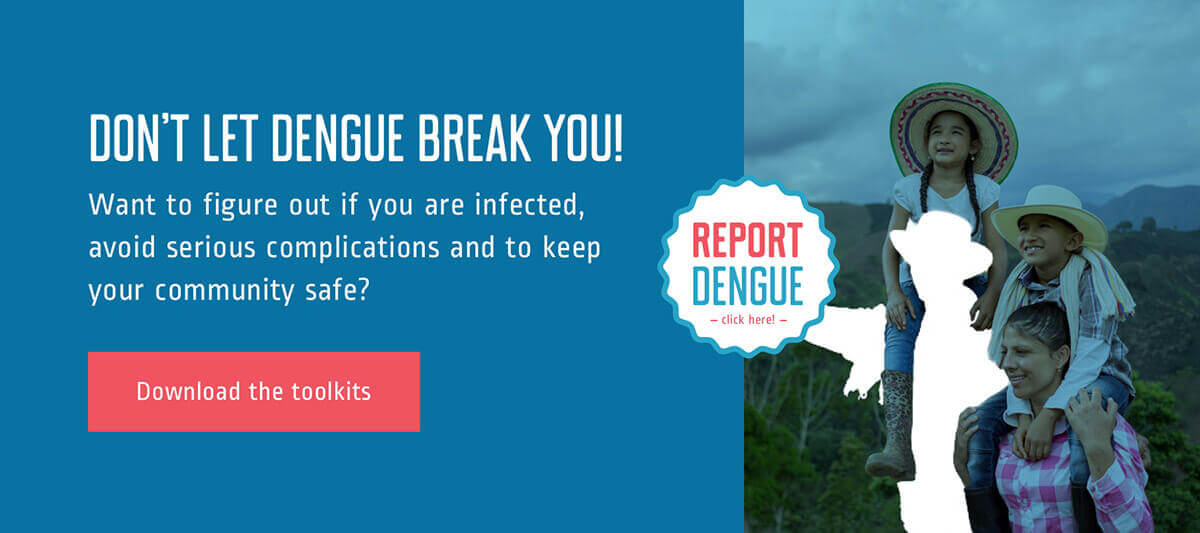- by Wanweena Tangsathianraphap
Entering the dengue vaccination era: An integrated approach remains essential

Bangkok was host to the first Asian Dengue Summit where country representatives and experts met to discuss the implementation of integrated approaches to controlling dengue.
How will a new dengue vaccination change how health officials approach outbreak control? Scientists and experts from 22 countries came together at the two-day Asia Dengue Summit in Bangkok to explore how to harmonize regional integrated efforts and enable coordinated action to combat the growing dengue threat in the region.
Dengue – which causes flu-like symptoms and can develop into the deadly dengue hemorrhagic fever – is the world’s fastest-spreading mosquito-borne disease, with an annual number of cases increasing 30-fold in the last 50 years, and is present in 128 countries. Asia has the highest dengue burden, with an estimated 67 million people contracting the disease each year, causing nearly US$6.5 billion annually in both direct medical and indirect costs. Factors such as increased urbanization, the mobility of populations and climate change exacerbate dengue expansion.

Image courtesy of Malaria Consortium
“We see the rising trend in dengue-infectious cases and the current challenge is that it is no longer an urban disease anymore,” said Dr. Raman Velayudhan, the Geneva-based coordinator at WHO’s Department of Control of Neglected Tropical Diseases at the conference.
Dengue vaccination: a new tool in the fight against dengue
With the introduction of the first dengue vaccine in the region, this landscape should be changing in the future. The Philippines, one of the three countries that have approved the dengue vaccine for individuals aged nine to 45 years, will be the first country in Asia to deploy the vaccine. The country is among the most affected, with more than 100,000 cases reported last year.
“Our model of rolling out dengue vaccine is different from traditional practice, which normally rolls from the developed country to the developing country, and from private to public sector,” explained Dr. Josalito Sta Ana, Sanofi Pasteur Regional Head of Dengue, Asia Pacific.
“For dengue, we are flipping the model to prioritize the countries that are in need of the vaccines. We are currently engaging with the government in six other Asian countries to get approval. As dengue is an unmet medical need, using the public model can provide wider coverage and yield better impact.”

Image courtesy of Malaria Consortium
Dr. In-Kyu Yoon, Director of Dengue Vaccine Initiative (DVI) said: “ The vaccine is part of the integrated approach. There are a number of dengue vaccine candidates in the pipeline, three of them are in the advanced stage. Sanofi Pasteur’s vaccine has now been licensed in three endemic countries. The National Institution of Health also has a vaccine candidate that has been approved for phase three trial in Brazil, while Takeda Pharmaceutical is about to enter phase three with their vaccine in development. Clinical development of the next wave of vaccine candidates will need to account the introduction of Sanofi Pasteur’s vaccine in some dengue-endemic countries.”
The need for an integrated approach
While launching the first dengue vaccine could lead to great progress in derailing the disease, effective dengue prevention and control will still require integration of various methods, including surveillance mosquito control.
“The dengue vaccine is a crucial control method, but it is not the sole mechanism to prevent dengue. In line with work on malaria elimination”, said Dr. Velayudhan, “WHO’s five key technical approaches are needed to deconstruct the burden.”

Image courtesy of Malaria Consortium
“The first dengue vaccine licensed is like the dawn of a new era in the fight against dengue,” said Professor Duane Gubler of the Duke-National University Singapore Graduate Medical School. “There are also other promising new tools in the vector control pipeline, yet none of these new tools are likely to be effective if used alone.”
Discover the economic burden of dengue
“Enhanced surveillance to monitor both diseases and mosquitoes, as well as international mobilization of resources is needed to support the dengue control strategy to reach WHO 2020 dengue objectives. Research is still needed to better understand the disease, its pathogenesis, transmission dynamics, and immunology. The benefit of controlling the Aedes aegypti mosquito will not only help reduce dengue transmission but will also help control other related diseases caused by this vector, such as yellow fever, chikungunya, and zika.”
Dr. Pratab Singhasivanon, Secretary General/Coordinator of SEAMEO TROPMED Network also noted that there is still progress to be made in establishing integrated approaches to vector control, especially when combined with vaccination programs.
“There are two important questions to ask, which is how we measure the tool to identify if it is efficacious enough and/or if we provide a sufficient coverage area to assess the impact. For example, if we introduce the vaccine to the school system, should we also integrate the vector control measurement for the best outcome? How we are going to assess it and what is the system currently in place in each country to help support and manage this?”
The WHO global strategy goal to reduce the dengue disease burden has a target of at least a 50% reduction in dengue mortality and a minimum of a 25% reduction in dengue morbidity by 2020. over
—


